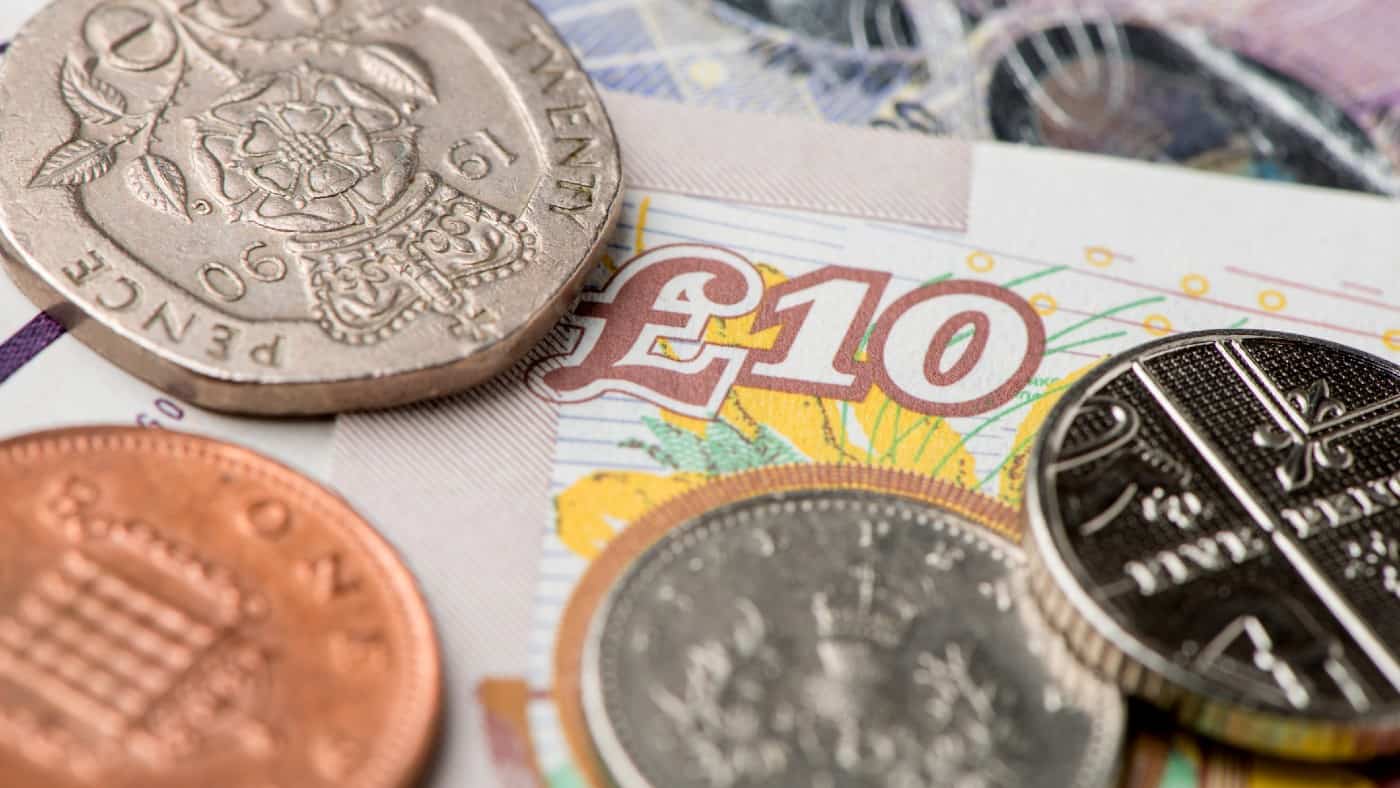One of the largest positions in my portfolio is British American Tobacco (LSE: BATS). With its quarterly dividends and juicy yield of 8.6%, it is a solid passive income performer.
The shares are due to go ex-dividend again in under a fortnight. So does it make sense for me to reinvest dividends and buy more shares in British American? Or ought I to take the cash and put it to use elsewhere?
Some reasons to reinvest dividends
Reinvesting dividends into the share that paid them is known as compounding. Over time that can let someone own a larger number of shares than they began with, without having to dip into their own pocket to buy them.
Imagine I spend £1,000 buying British American Tobacco shares today. If I keep reinvesting dividends for a decade, they will effectively start to earn dividends. This is what legendary investor Warren Buffett refers to as ‘snowballing’.
At a yield of 8.6% and constant share price, after a decade I would own almost £2,300 worth of British American Tobacco shares.
In reality, I would be unlikely to get the same share price each time I reinvested. But that would allow me to average out my purchasing cost over time, buying during dips as well as at more expensive times.
There can also be a practical benefit.
Like many companies, British American Tobacco has a dividend reinvestment plan that would allow me to reinvest my payouts into more British American Tobacco shares for a fee of 0.5% (plus the tax involved). That could be cheaper than using the dividends I receive to buy more shares through my stockbroker.
Possible downsides
But there could be reasons not to reinvest dividends in the company that pays them to me.
If I keep buying more shares in what is already one of my largest holdings, my portfolio may become insufficiently diversified. Diversification is a key risk management tool when investing.
Cost averaging can help me buy when a share is low, as well as high. But why would I want to buy when it is high?
At any given time, if I have cash to invest and think a share offers me good value, it might make sense for me to buy it. Right now, in fact, that describes how I feel about the British American Tobacco share price.
But if the same share shoots up in price, it may not offer me good value. In such a situation, I would prefer to wait for it to fall in price again, or perhaps use the dividend received from one company to buy attractively priced shares in another.
Long-term risk
On top of that, as cigarette use declines, the long-term outlook for British American Tobacco is unclear.
Does it make sense for me to pump my dividends into accumulating an ever larger position in a company whose best days may soon be behind it?
On the plus side, the firm remains a free cash flow machine and I think cigarettes could keep being sold in high volumes for decades. The non-cigarette business is also growing fast.
Still, I plan to reinvest dividends from my British American Tobacco shares into a range of other shares rather than just building an ever larger position in a cigarette maker.








